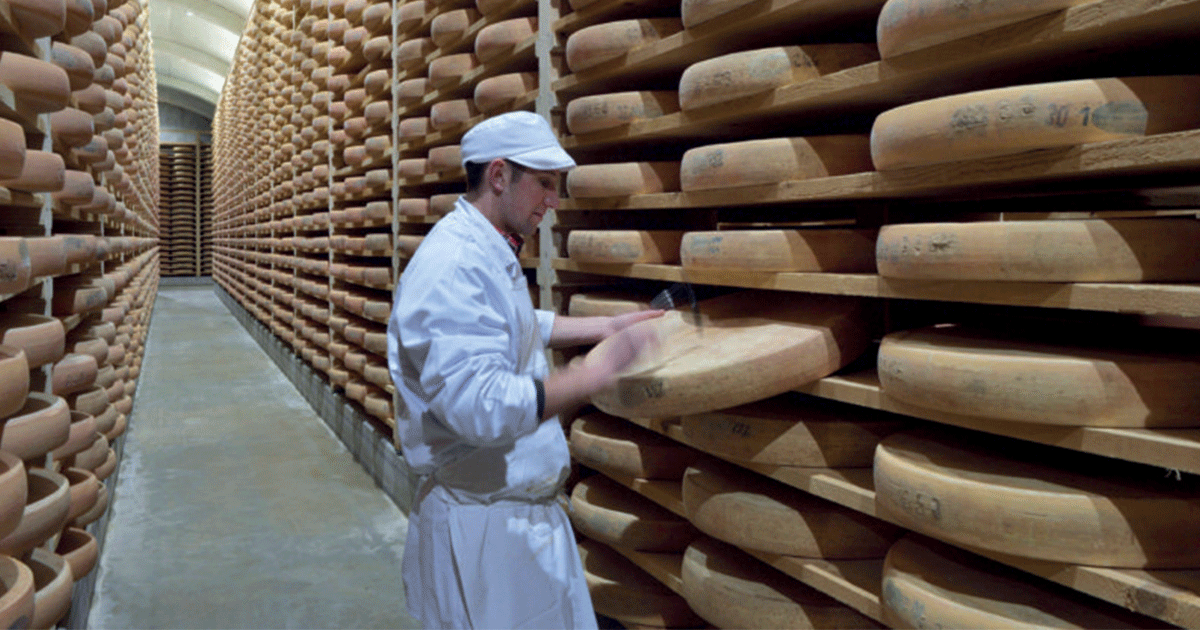1.4K
Comté is made from cow’s milk and is produced in the Jura Mountains in France, at an altitude of between 500 and 1,500 meters.
It has a thin, dry, smooth, brown rind. The paste varies from creamy yellow in the winter to a deeper yellow during the grazing period; its appearance is smooth and dense and reveals few or no holes. Its flavour is mild and balanced; its texture is firm and soft; and its aromas are variable and delightful, including fruity, buttery and woody notes, among others.
6 TIPS TO ENJOY COMTÉ |
-
- Comté is usually found pre-cut and refrigerated in stores. It is usually either vacuum-packed by the producer in France or cut/wrapped in plastic by the store itself. If it has been wrapped by the store, try to choose pieces that are tightly sealed.
- When choosing Comté, it’s important to examine its color and texture. Its color should have a matte appearance. In terms of color and tone, it should be between ivory and straw yellow.
- If a piece of Comté has a greyish color, is splitting, looks humid or has moisture, try to avoid it; it means that the Comté has not been properly stored and refrigerated. Make sure the texture looks smooth and uniform.
- If you buy cheese wrapped in plastic, once home, rewrap it either in parchment or butcher’s paper to make the cheese last longer. If you keep Comté in plastic for too long, its taste may be affected and become rancid or take on the flavor of plastic.
- Ideally, store the cheese in a covered container in the fridge. The ideal temperature to store and keep your Comté fresh is between 7 and 13°C. When possible, try to avoid extreme temperature variations.
- When you plan to serve your Comté, take it out of the fridge at least an hour before serving to bring it up to room temperature and enhance its flavor.






